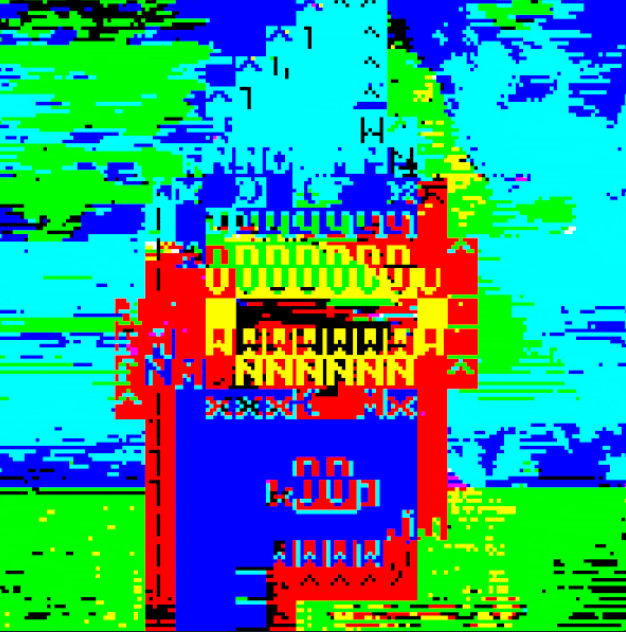“Gayford is in effect recounting the fall of Paris as the adjudicatory centre, the supreme court, of modern art. From the Impressionists, to Cézanne, to Matisse and Picasso, Paris ruled.”
The FT on Martin Gayford’s ‘Modernists and Mavericks’
In 1969 Francis Bacon, while in London, created “Three Studies of Lucian Freud”. In 2013 Christie’s would sell the work for $142m. The sale was a commercial representation of the social and economic network that was created in the modern art world in London since 1940. At that time however, Paris, not London, was considered the “supreme court” of modern art. Read from the perspective of a participant in the developing New York tech ecosystem, “Modernists and Mavericks” which tells the story of how London created the required social and economic network to pull the center of gravity away from Paris, provides an interesting parallel to what’s happening today between SV and New York.
“Three Studies of Lucian Freud” Francis Bacon, 1969
Shifting the center of gravity of something so deeply geographically centered doesn’t happen often. It doesn’t happen often because the geographic center is a physical instantiation of the underlying social and economic networks present within that geography. To examine this, we require the tools of modern network theory. For example, the below diagram represents a selection of the most influential technology companies and associated investors of the last 6 decades. It is clear that a network representation is essential to our understanding of how this (and these) ecosystems develop.
Visually, the overwhelming degree centrality (number of links incident on a node) of both Fairchild Semiconductor and KPCB is clearly evident (indeed the K in KPCB was an employee of Fairchild). It is also clear how this node can influence the ecosystem for decades: Fairchild is first degree connected to Apple, KPCB, Intel, Sequoia, and second degree connected to Google, Amazon, and Netscape.
The influence of the network is particularly exacerbated in the venture industry given the presence of the positive feedback loop: Sequoia invests in a company, better talent is attracted, better guidance is provided, less competition, the investment outperforms, other founders want to be associated with Sequoia, they pitch Sequoia, Sequoia sees better deals. In network theory, this resembles the idea of positive assortativity: relatively high-degree nodes have a higher tendency to be connected to other high-degree nodes. This is exactly why the Power Law is the topic of choice for VC dinner conversations.
These networks are ‘easy’ to generate in a historical, static capacity What’s more interesting (and difficult) is to generate these in a dynamic, contemporary way, that may enable us to both forecast the development of an ecosystem in real-time and understand the requirements for the new ecosystem to flourish. For SV, once Fairchild gained the incredible concentration of talent, and then that talent dissipated, the ecosytem exploded. Such is the present hope for New York tech.
“People feel that it is very important for artists to have an aim. Actually, what’s vital is to have a beginning. You find your aim in the process of working. You discover it.” - Bridget Riley, “Modernists and Mavericks”


